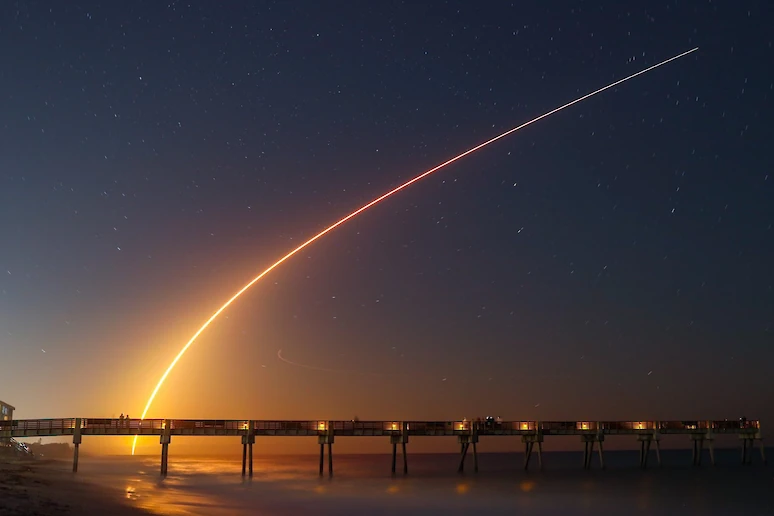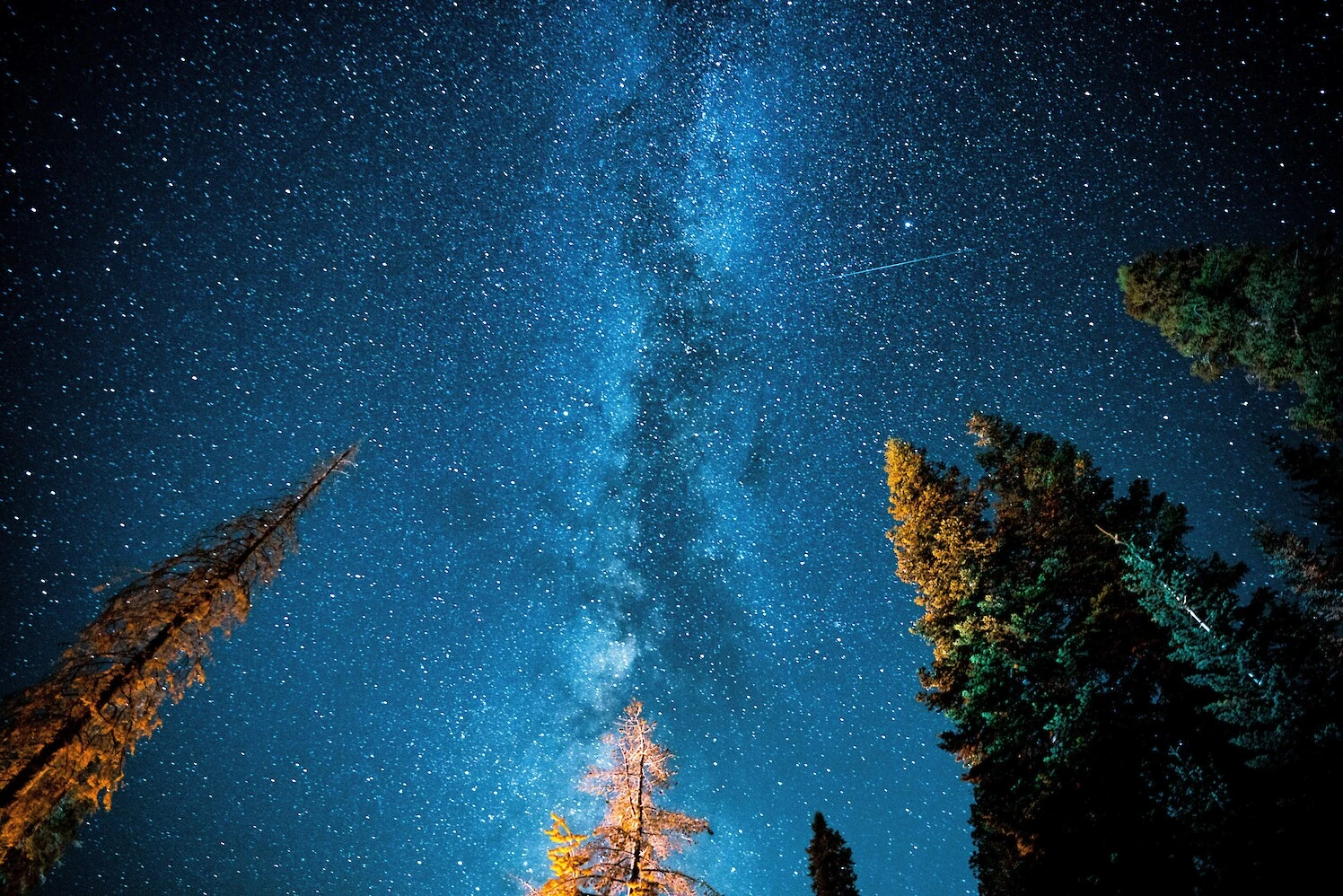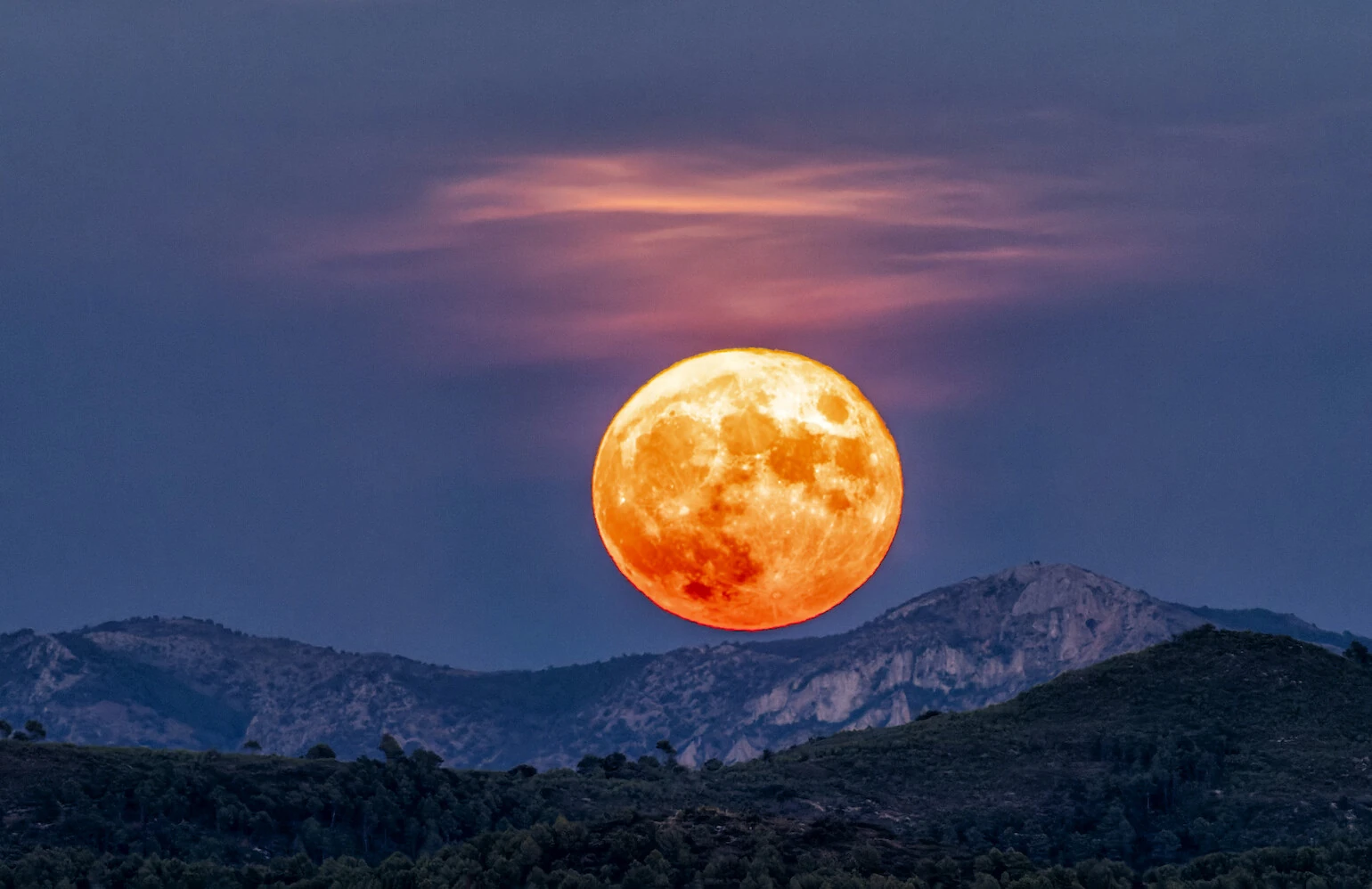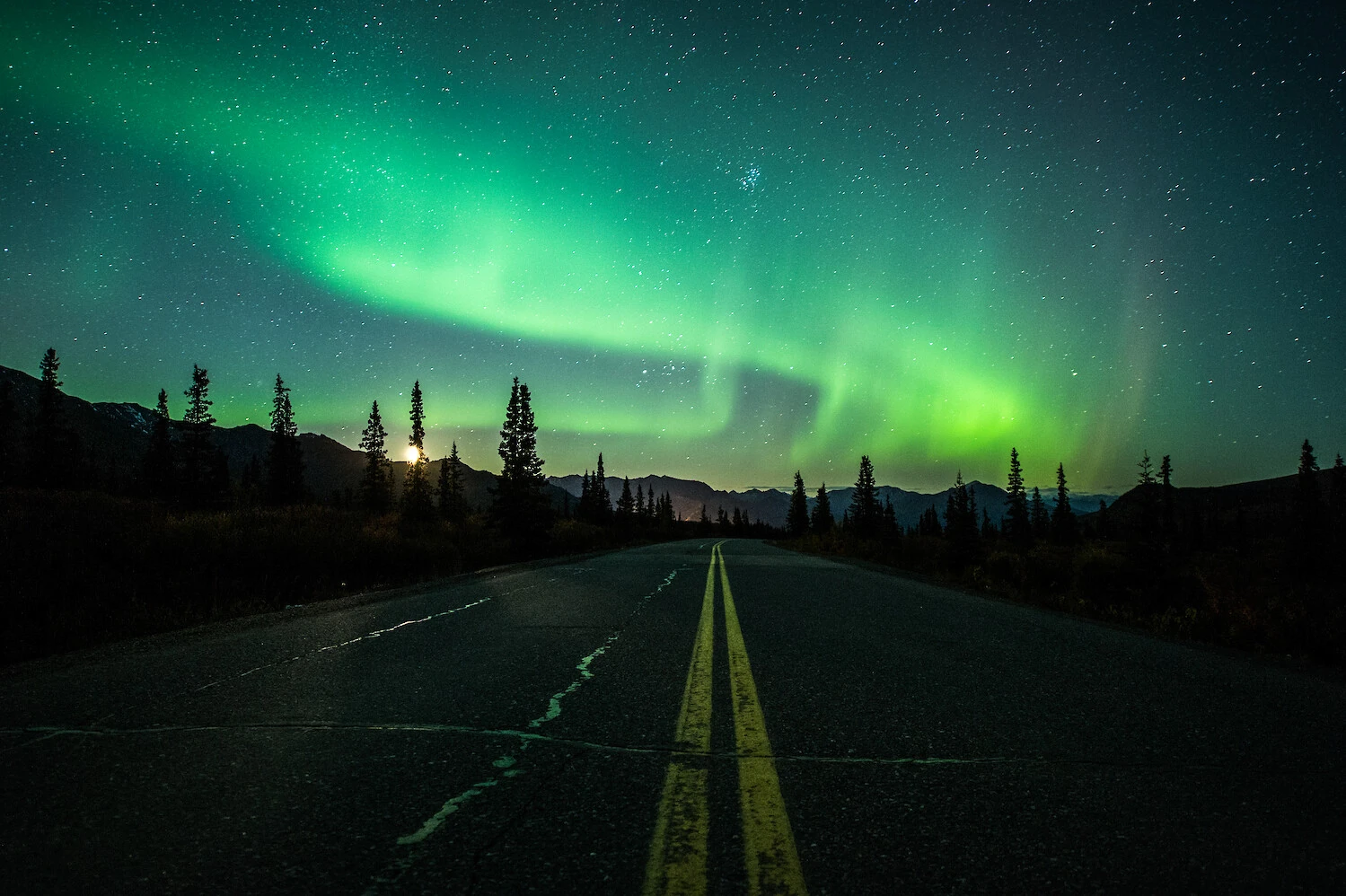written by Terry Ward, a Florida-based freelance travel writer who lives in Tampa and has had her work published by CNN, National Geographic, Scuba Diving Magazine, Conde Nast Traveler and Travel+Leisure. She’s a world-traveling mother of two who shares the journey on Instagram, @TerryWardWriter.
“It only takes one good stargazing experience to hook someone on the night sky,” says Stephanie Vermillion, author of National Geographic's “100 Nights of a Lifetime," a newly published book (Dec. 2024) about the celestial and earthly wonders that await us under the cover of night skies.
And while astrotourism–traveling for activities like stargazing and to see the incredible phenomenon of the Northern Lights, solar eclipses and more–is having a major moment of late, she says the drive to see such occurrences has as much to do with witnessing the actual activity as the human desire to experience awe. “World events feel really heavy right now, and the stars can provide the grounding and perspective we crave,” Vermillion says.
Read on for some out-of-this-world experiences to put on your radar for enjoying right here on planet Earth.




